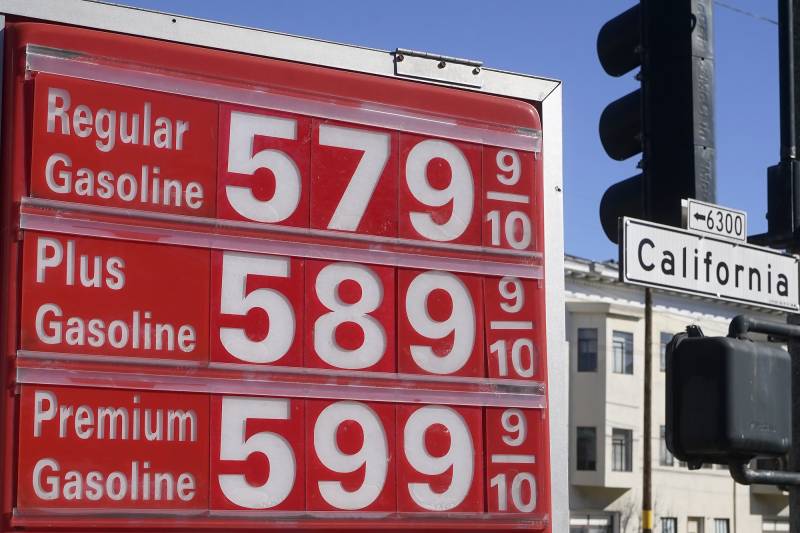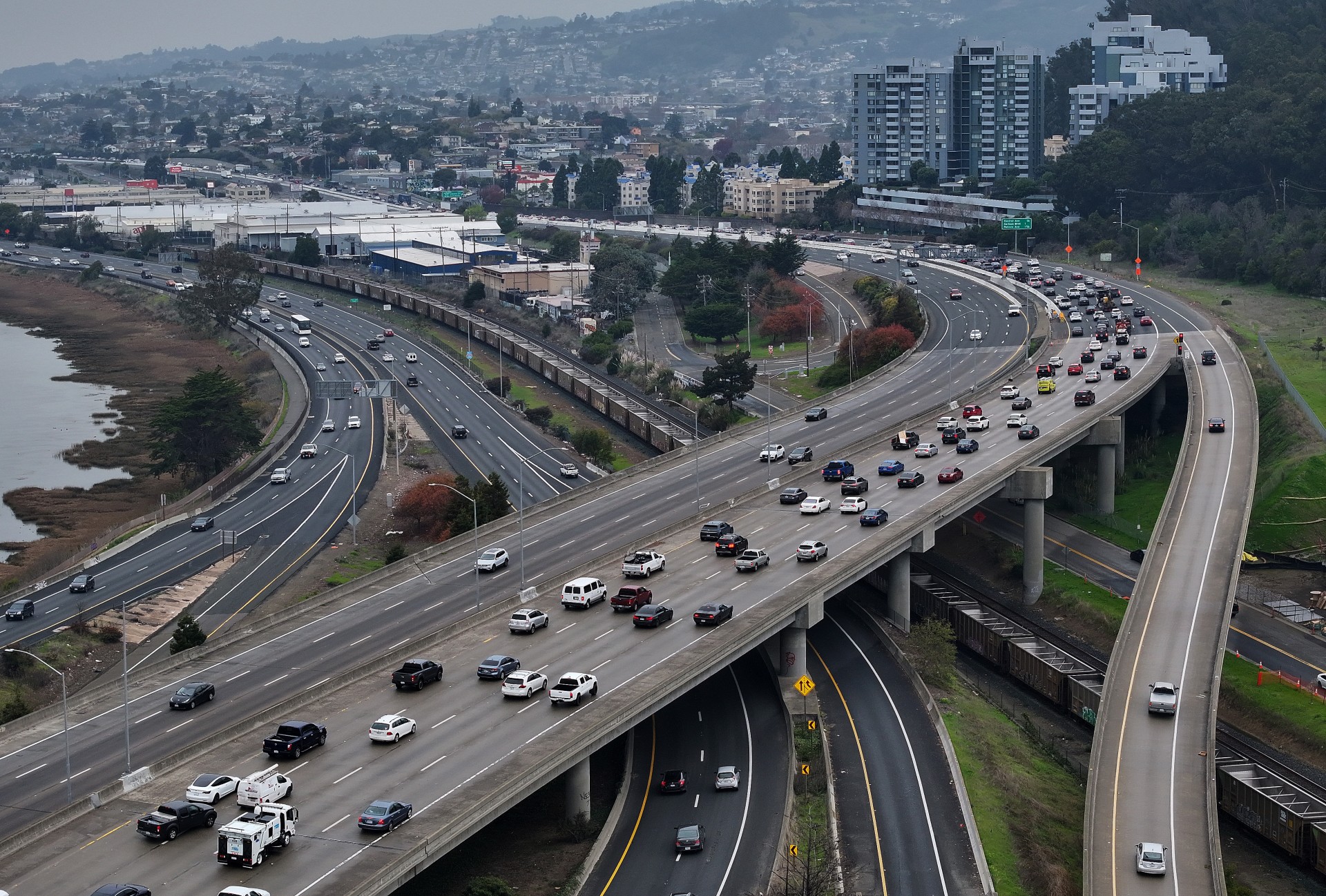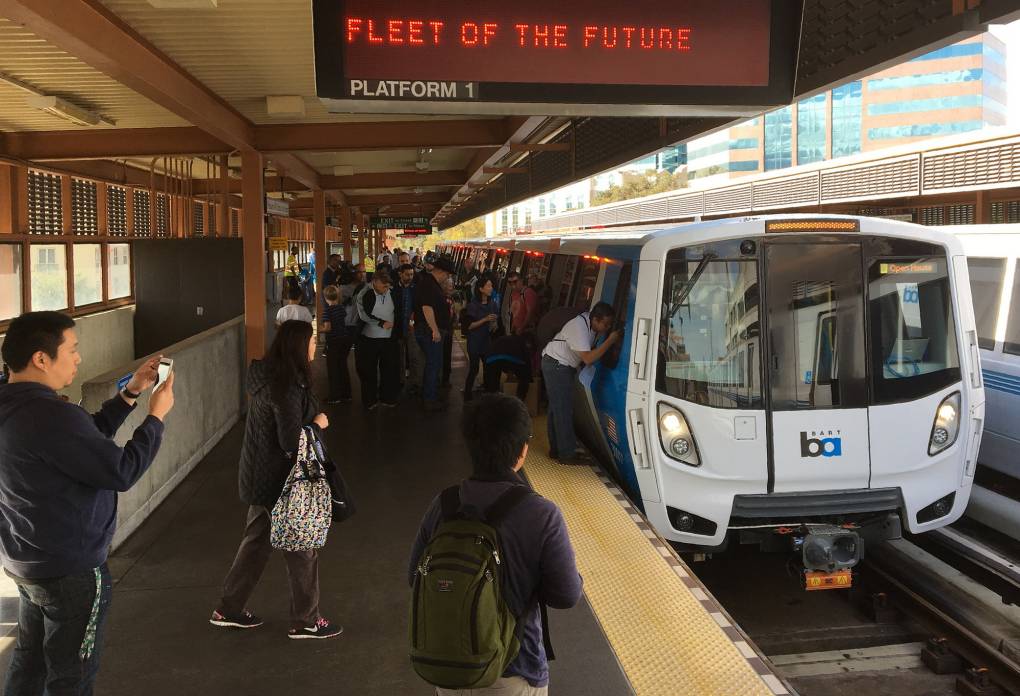“The notion of mandating refineries to store fuel supplies may seem like a simple fix to price spikes, but the reality is far more complex,” she said. “The math behind this proposal is incomplete and fails to address key operational questions.
At an Assembly hearing last week, the group’s chief lobbyist, Zach Leary, called the plan “an economic theory” and argued market forces drive gas prices.
Newsom’s plan would increase costs, he said, by forcing refiners to keep fuel in storage and off the market. But energy economists questioned that argument, pointing out that it is a minimum requirement that only kicks in when refineries have plenty of storage available because they are not carrying much inventory.
Leary, along with Jeremy Smith, who represents the State Building and Construction Trades Council of California, questioned another piece of legislation that would allow the state to control the maintenance schedule for the refineries. They said it is a potential threat to union jobs and the safety of refinery workers.
“Taking the decision out of the hands of workers and folks who employ them at the refineries to determine when a shutdown should occur, that’s in the spirit of the bill,” Smith said. “We think that’s just a fundamental safety issue.”
The idea for a minimum fuel storage requirement for refiners was seeded by Tai Milder, California’s inaugural watchdog overseeing the oil industry. He told lawmakers during an Assembly hearing last week that “it’s basic supply and demand.”
“We also know that our highly concentrated refining sector doesn’t have the incentive to keep enough supplies and inventory,” he added.
Sure, it could be a matter of supply and demand. It also could be a question of competition. It’s difficult for companies to build new gas stations in California, especially as many cities like Los Angeles severely limit their construction to fight climate change.
Severin Borenstein, a UC Berkeley economist, has argued that these restrictions protect existing gas stations from competition, and has pointed out that California has fewer generic gas stations than other states across the West.
As gas prices in Northern California shot up nearly $2 more per gallon when compared to the rest of the country in September, Milder encouraged consumers to seek out off-brand gas stations to find better deals, even as he pointed to the price spike as evidence for why requiring fuel reserves is necessary.
Californians have paid billions of dollars more for gas since 2015 than can be explained by the state’s higher taxes and strict environmental rules, according to Borenstien’s research. It’s a gap he dubbed the “Mystery Gasoline Surcharge.”
“It’s important to recognize the whole idea of inventories, it focuses on these price spikes,” Borenstein told KQED. “Not the overall long-run — high prices in California — which are not going to be addressed by these proposals.”
The price spikes amount to less than 20% of the unexplained high prices consumers are paying, he said.
“It’s a piece of it. But it’s not the most important problem in California,” Borenstein added.



